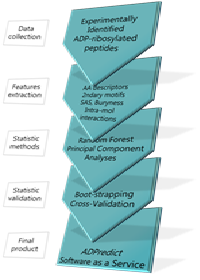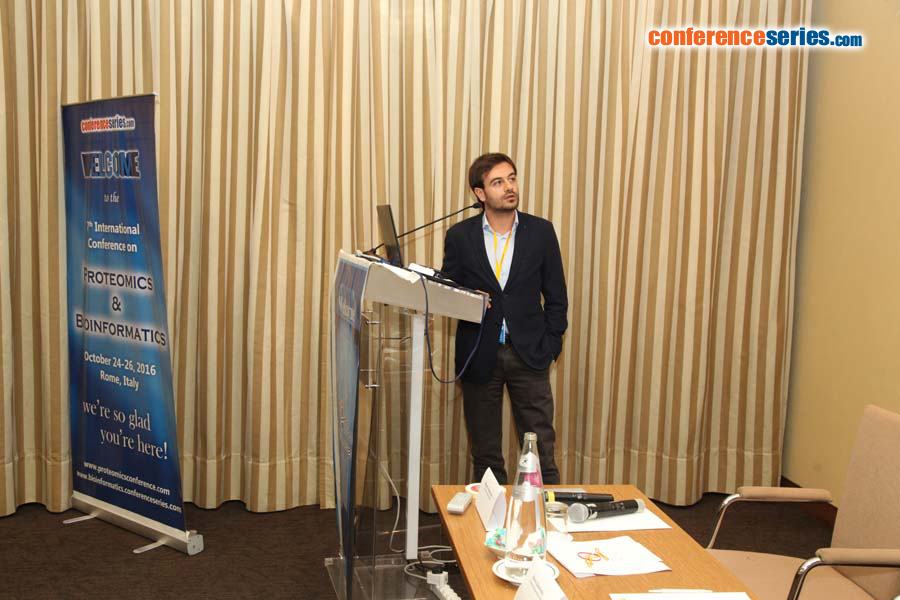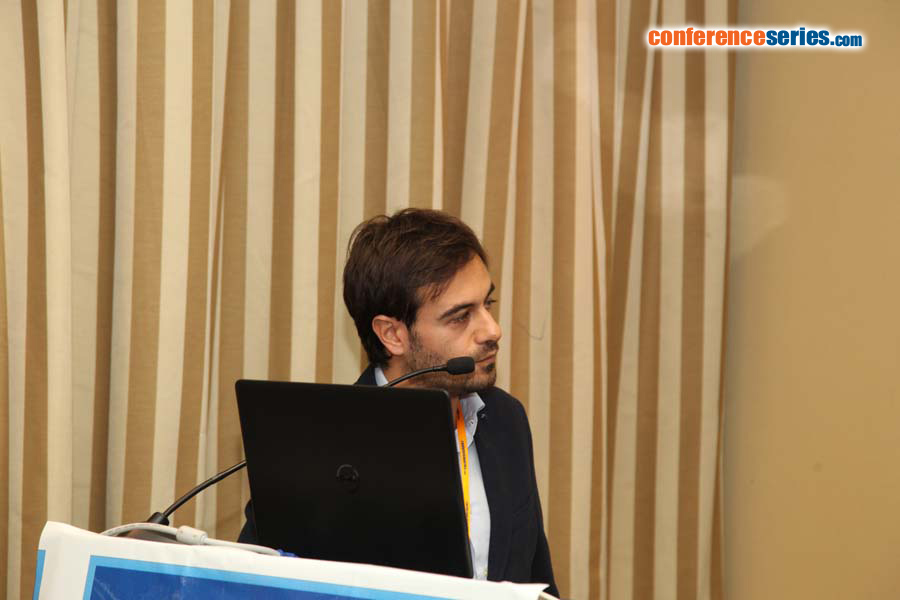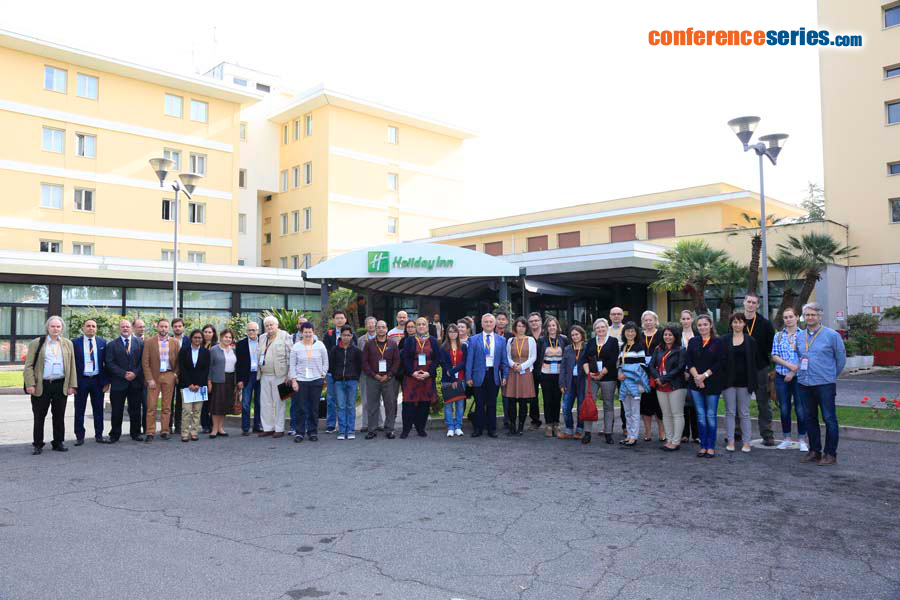
Matteo Lo Monte
Institute of Protein Biochemistry - CNR, Italy
Title: ADPredict: ADP-ribosylation sites prediction based on physicochemical and structure descriptors
Biography
Biography: Matteo Lo Monte
Abstract
Statement of the Problem: ADP-ribosylation is a post-translational modification governing several crucial cellular processes, such as inflammation, cell survival or damaged DNA detection and repairing machinery activation. It is, thus, strictly related to neoplastic conditions. To date, ADP-ribosylation is poorly understood, as still incomplete is the knowledge of its effects on numerous molecular paths. Deeply understanding the circumstances in which it happens, as well as the numerous target proteins and the way their role in their respective biological pathways are affected by this event, would represent an important achievement in molecular biology, not solely for the progression in combating cancer.
Methodology & Theoretical Orientation: ADPredict is an in silico predictive algorithm of ADP-ribosylated Aspartate and Glutamate residues, based on both known physicochemical parameters (Z-Scales, ST-Scales, MSWHIM, ProtFP) and in-house derived secondary structure related and 3-D descriptors of hundreds of human ribosylated proteins. ADPredict was developed using principal component analyses (PCA) and the random forest algorithm. Its predictive capacity was then evaluated via intensive boot-strap approaches.
Findings: Here we present the first computational predictive tool able to individuate the Aspartate or Glutamate residues that are most likely to be ADP-ribosylated in a target of interest. Predictions can be achieved via single or multiple models (meta-model strategy), so allowing each time a tailored approach. It will soon be available as an online service at the website.
Conclusion & Significance: ADPredict arises as a new, concrete support to the study of the ADP-ribosylation event, flanking the analytic approaches developed so far and addressing the experimental investigation of this important biologic phenomenon. Ongoing extension of the predictive algorithm would aim to account also for the modification of additional amino acidic residues, so enlarging the applicability domain of the tool.

Speaker Presentations
Speaker PPTs Click Here




